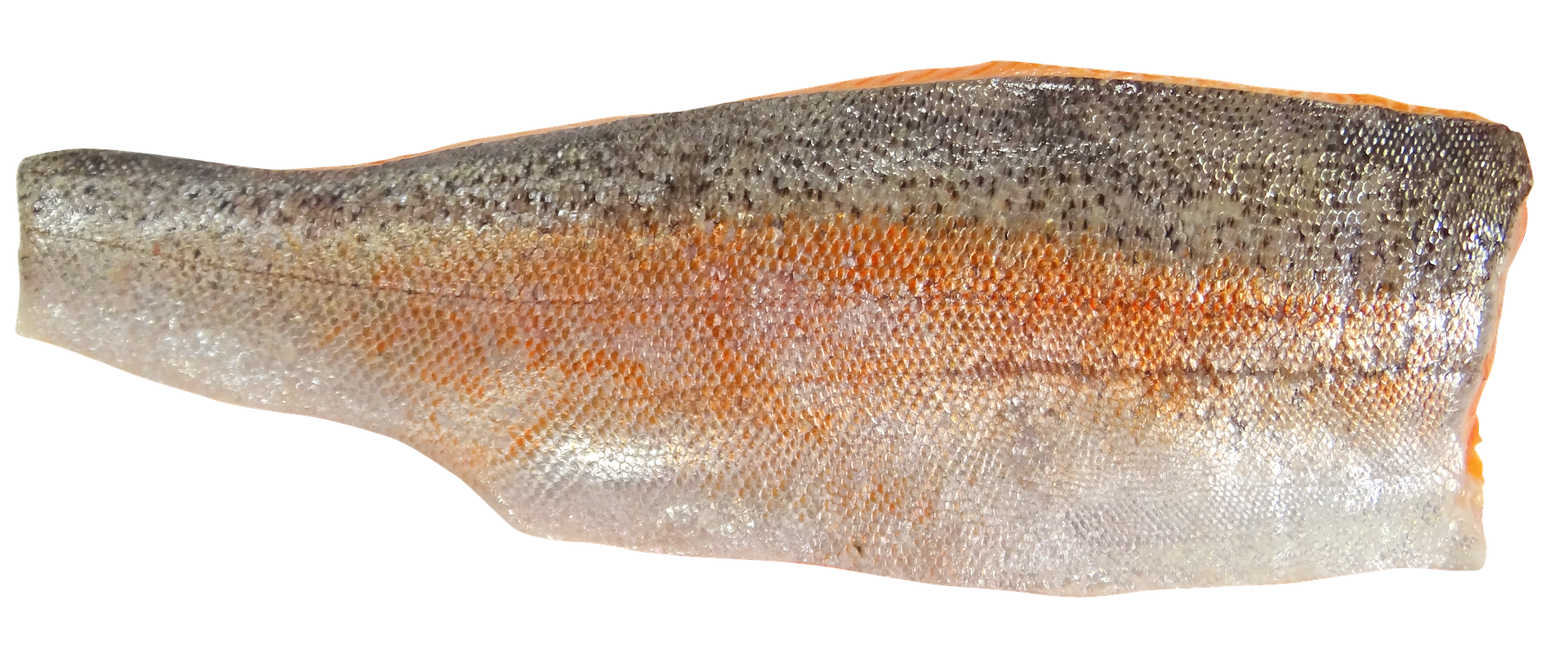One of the most healthy meals is seafood because of the low-fat content and high protein levels, among other minerals and vitamins. Seafood comes in many forms, including fish, crustaceans, bivalves, and more. Unfortunately, mercury, otherwise called quicksilver, accumulates in bodies of fish. Mercury presents a threat to human life when overconsumed. Here are 5 things to know about mercury in fish.
How Does Mercury Get In Fish
The cycle of mercury levels rising in fish begins long before quicksilver reaches the water. Here is how mercury gets in fish.
Burning Of Fuels Or Other Natural Fires
One of the ways that the element mercury becomes airborne is via forest fires and volcanos. When forest fires rage and volcanoes erupt, the smoke contains mercury which reaches the atmosphere and travels hundreds if not thousands of miles, dispersing itself across land and water.
Mercury which lands on the earth near the banks of rivers, ponds, oceans, and coastal waters, washes into the water during heavy rainfalls. The problem compounds itself, especially when combined with human activities adding to the introduction of mercury in the air.
Burning Fuels For Energy
Burning of fuels for energy, including fuel, coal, wood, and oil, deposits more than just mercury into the atmosphere but other toxic chemicals as well.
When we drive our cars and boats, using coal or oil to generate electricity, and burning wood to heat our homes, mercury is emitted into the air.
Again, the mercury becomes airborne and travels long distances before settling in water or on land before being washed into the water.
Do All Fish Have Mercury
When it comes to determining what and if fish contain levels of mercury, the answer is that all fish contain mercury.
The fact that all fish contain mercury is a scary proposition; however, not all fish have the same levels of mercury.
When it comes to mercury in seafoods, the levels are impacted by the age and the food the marine life consumes.
Determining what fish, crustaceans, and bivalves contain the highest or lowest levels of mercury is made simple by reading the chart provided by the Food And Drug Administration. The chart defines the safest options for consumption.
Which Fish Has Least Mercury
When it comes to choosing fish with the lowest levels of mercury, here are some of the best options. Fortunately, some are caught fresh in fresh and saltwater through Georgia, South Carolina, and North Carolina.
Best Fish And Seafood Choices Caught Fresh In Georgia, South Carolina, and North Carolina
When heading out fishing or visiting a local fish market, focus your attention on the following kinds of seafood. The lowest levels of mercury are contained in these saltwater species- shrimp, crabs, flounder, whiting, and oysters.
When fishing or choosing freshwater fish from the market through the same three states, the best options include trout, perch, catfish, and crawfish.
However, read the recommendations posted by your state’s fish and wildlife department. The levels of mercury vary based on the body of water, and in some cases, all fish must be avoided altogether.
Remember, you do not need to avoid fish with high levels of mercury altogether but rather to limit the intake.
What Are The Impacts Of Mercury On Your Body
When consuming high levels of mercury, the element accumulates in the blood system causing health effects on the nervous system.
Accumulating mercury on the nervous system causes vision problems, tremors, insomnia, liver and kidney issues, and immune disruption.
However, even greater risk comes to a developing fetus. When a mother is carrying a baby, mercury impacts the baby. The baby is at risk of developmental delays and attention deficit disorders.
To avoid the effects of mercury, limit the amount of seafood eaten per week. Plan to eat one or two meals and choose fish that contain low mercury levels.
Does Mercury Stay In Your Body Forever
Fortunately, mercury does not stay in your body forever. The metal mercury enters the body via vapors in the air or by eating seafood. Mercury will pass through when exposure is ceased.
When mercury has accumulated and the intake of the element has stopped, the body will rid itself of the toxin. The toxin exits between six months to one year.
When overconsuming fish, return to safe levels to lower the accumulation of the quicksilver in the body.
Use These 5 Things To Know About Mercury In Fish
Don’t avoid the consumption of seafood but rather make wise choices when it comes to the amount eaten and the type of seafood selected. Seafood provides many health benefits, is easy to prepare, and is delicious. One seafood dish with the lowest levels of mercury is calamari. Read to learn more about calamari.







